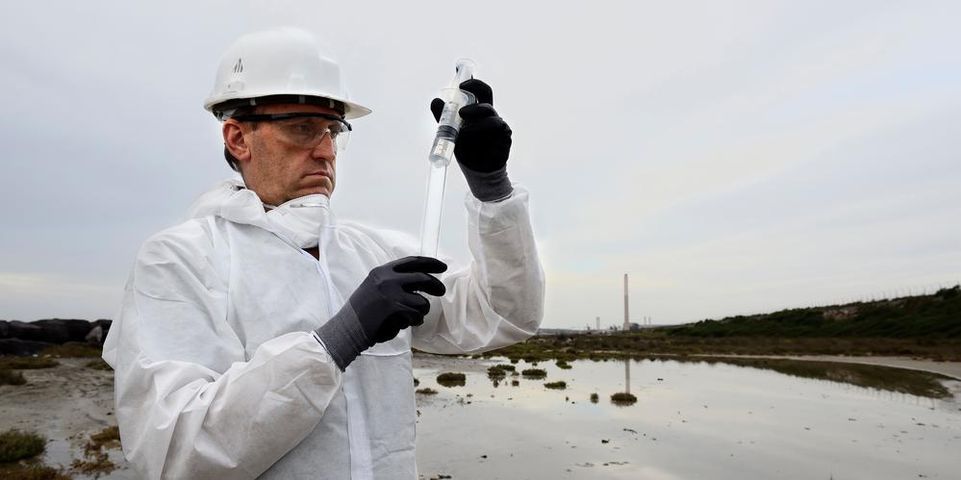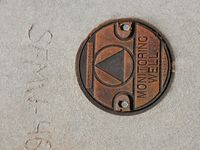The Importance of Well Screens for Groundwater Sampling

When it comes to monitoring the safety of our water and soil, there are few methods more effective than groundwater sampling. Groundwater samples are samples of water taken near agricultural waste and treatment facilities which help to determine the toxicity of drinking water in the area. In order to obtain these samples, geoscientists rely on monitoring wells which are drilled near these sites.
Creating monitoring wells is a complex procedure which requires drilling a hole roughly 50 feet in depth and installing a well screen to block sediment from entering samples. Continue reading as staff from GeoTek Alaska, a geoprobing company in Anchorage, explains the importance of well screens and how they are used in groundwater sampling.
Everything You Need to Know About Well Screens & Groundwater Sampling
What are Well Screens?
Well screens are filtering devices used in monitoring wells. These filters allow water to enter the well from an aquifer while keeping out sediments. Well screens are placed at the bottom of monitoring wells and are considered to be part of the intake portion of the well.
Why Are They Used?
 Well screens are an important part of well monitoring. Most aquifers are not standard drinking water and may contain bits of sediment and other debris which can skew groundwater sampling results. When appropriately placed, well screens allow sediment-free water to pass through the saturated aquifer while providing geoscientists with an accurate groundwater sample. Without these filtering devices, it would be difficult to determine if a water sample was poor due to toxicity in the water or if it was the result of aquifer sediment entering the well.
Well screens are an important part of well monitoring. Most aquifers are not standard drinking water and may contain bits of sediment and other debris which can skew groundwater sampling results. When appropriately placed, well screens allow sediment-free water to pass through the saturated aquifer while providing geoscientists with an accurate groundwater sample. Without these filtering devices, it would be difficult to determine if a water sample was poor due to toxicity in the water or if it was the result of aquifer sediment entering the well.
How Geoscientists Are Simplifying Well Screen Installation
Installing a well screen is notoriously difficult because the filter must be installed prior to the well itself. In order to streamline this procedure, scientists have turned to prepacked well screens that feature a PVC well screen pipe, surrounded by mesh, with sand packed between the pipe and mesh. These packs help to ensure that the filtering sand, well screen, and monitoring well will all be ideally positioned to take groundwater samples.
To learn more about the use of well screens and the importance of filtering samples, call GeoTek Alaska at (907) 569-5900 to speak to a representative. Their specialized monitoring and sampling techniques and equipment ensure accurate, targeted results. For more information on groundwater sampling and the work done by geoscientists, visit the GeoTek Alaska website today.
About the Business
(6 reviews)
Have a question? Ask the experts!
Send your question

